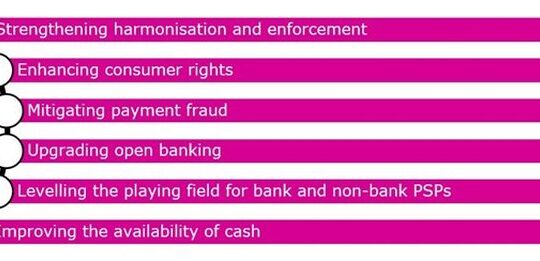NAPERVILLE, Illinois, Sept 24 (Reuters) – Speculators
have held bullish views toward Chicago soybeans for the last
three-and-a-half years, though the optimism has soured this
month as an enormous Brazilian bean crop has been satisfying
global needs since early this year.
That has allowed CBOT soy futures to decline over the last
few weeks because despite a shrinking U.S. harvest, export
demand for U.S. beans has been unusually poor so far this month.
Most-active November soybeans dropped more than 2% in
the week ended Sept. 19, and money managers reduced their net
long in CBOT soy futures and options to 45,832 contracts from
73,815 a week earlier. The new stance is funds’ least bullish in
three months.
That move was primarily the result of exiting longs, which
is backed by market data. Trading volume for CBOT soybeans in
the week ended Sept. 19 was notably above normal for the week,
and open interest in bean futures and options surged 5% on the
week.
Soybean open interest as of Sept. 19 was at a three-year
high for the week and a 15-month high outright, having risen 19%
in the latest six weeks. That compares with an 8% jump in the
same period a year ago.
CBOT November beans fell 1.5% in the last three sessions,
hitting a six-week low on Friday of $12.92-1/2 per bushel.
Strong trade volume continued at least both Wednesday and
Thursday, a possible signal that investors have shed additional
bean length.
In the week ended Sept. 19, money managers increased their
net long in CBOT soybean oil futures and options by nearly 6,200
to 47,064 contracts, though they cut their net long in soymeal
futures and options by about 6,300 to 55,873 contracts.
That was associated with a 2.2% fall in most-active soymeal
futures and a fractional rise in soyoil. On
Friday, soyoil hit a six-week low of 58.26 cents per pound,
losing 1% in the last three sessions.
Soymeal hit a one-month low on Friday of $385.10 per short
ton, falling about 1% between Wednesday and Friday. However,
traders are watching for displaced Argentine soymeal export
business to get rerouted to the United States, which has seen a
bump in export sales in recent weeks.
GRAINS
Through Sept. 19, money managers increased their net short
in CBOT wheat futures and options to a three-month high of
96,805 contracts from 84,139 a week earlier. That is funds’ most
bearish wheat view for the date since 2016, when open interest
was about 15% higher.
However, CBOT wheat open interest has risen recently and
trading volume was above average during the latest week, similar
to the trend in soybeans. Wheat open interest was up 14% in the
three weeks ended Sept. 19, and futures slipped nearly 3% in
that time frame.
Most-active CBOT wheat fell fractionally in both the
week ended Sept. 19 and the following three sessions. Global
wheat prices continue to be pressured by ample Black Sea
supplies, and the U.S. dollar hit a six-month high on
Friday, which can soften export demand for U.S. grains.
Money managers through Sept. 19 were net sellers of
Minneapolis wheat futures and options for an eighth consecutive
week, expanding their net short to a three-year high of 15,177
contracts. Futures were largely unchanged during that week, but
spring wheat has traded near contract lows this month.
Most-active CBOT corn was steady in the week ended
Sept. 19, though money managers extended their net short in corn
futures and options to a three-year high of 144,815 contracts
versus 134,909 in the prior week. New shorts explained most of
the move.
Corn on Sept. 19 dropped to $4.67-3/4 per bushel, the
most-active contract’s lowest level since December 2020, though
futures drifted fractionally higher in the last three sessions.
Corn trading volumes were mixed over the last several
sessions, though open interest in futures and options remains at
10-year lows for the date. Corn open interest has not made
anomalous strides in the latest few weeks as have been observed
in beans and wheat.
Karen Braun is a market analyst for Reuters. Views expressed
above are her own.
(Reporting by Karen Braun
Editing by Matthew Lewis)






